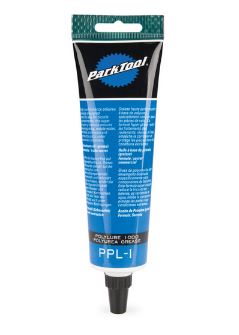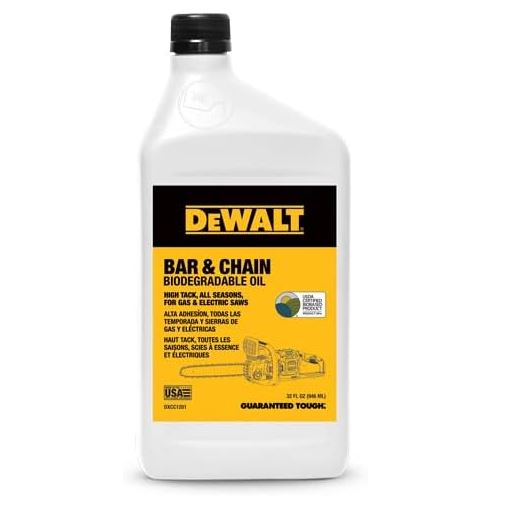This product list contains affiliate links. This means that at no extra cost to you, I may earn a commission if you use one of these links to make a purchase.
As an avid cyclist, keeping my bike in tip-top shape is a top priority. One important but often overlooked area is lubricating the pedals.
I’ve learned the hard way that pedals need grease to spin smoothly and silently.
Riding on dry, squeaky pedals is not just annoying, it actually makes riding more difficult. The added friction forces your legs to work harder, draining energy you could be using to pick up speed or climb hills.
Plus, pedals without grease wear out faster as metal grinds against metal.
After going through several cheap greases that would only silence my pedals for a short time, I finally discovered the good stuff.
In this blog post, I want to share my picks for the best grease for bike pedals based on my experience. I’ll also go over some bike pedal grease substitutes.
#1 White Lithium Grease
White Lithium Grease is a popular choice among cyclists for a reason. It’s a versatile grease that can be used in both dry and wet conditions, making it ideal for year-round use.
Also Read: Is BikesDirect Legit?
It’s also highly resistant to water and heat, so it won’t break down or wash away easily.

This makes it a great option for bike pedal threads because it has a high viscosity rating.
#2 Park Tool Polylube 1000
Another excellent choice for bike pedal grease is Park Tool Polylube 1000.
This grease is specifically designed for use on bicycles, which means it’s formulated to withstand the unique stresses and strains that come with cycling.
It’s also highly water-resistant, which means it won’t wash away easily in wet conditions.

Plus, it’s easy to apply and won’t cake or dry out over time.
#3 Finish Line Ceramic Grease
If you’re looking for a high-performance grease that will keep your pedals running smoothly for longer, Finish Line Ceramic Grease is a great option.
This grease is made with advanced ceramic particles that help reduce friction and wear, which means your pedals will last longer and require less maintenance over time.
It’s also highly water-resistant and won’t break down easily, even in extreme conditions.
How to Apply Grease to Bike Pedals
Follow these steps to apply grease to your bike pedals:
Remove the Pedals from the Crank Arms
To apply grease to your pedals, you need to remove them from the crank arms.
Use a wrench to loosen the nut on the interior side of the pedal.
Most pedals can be removed by using an adjustable wrench, and many of these nuts are sized at 15 mm.
Clean The Pedal Threads And Apply Grease
Once you have removed the pedals, clean the threads on both the pedals and the arms.
Use a clean rag or a brush to remove any dirt, debris, or old grease from the threads.
After that, apply a generous amount of grease to the pedal threads.
Make sure you cover all of the threads evenly. You can use any of the best grease for bike pedals we talked about.
Reinstall The Pedals
Screw the pedal back onto the pedal threads of the crank arm.
Tighten the pedal the same way you loosened it, using a wrench.
Make sure you tighten the pedal to the manufacturer’s recommended torque specification, which is usually between 25-35 Nm.
Also Read: Are Bike Pedals Universal?
Wipe off Excess Grease
Once you have tightened the pedal, wipe off any excess grease that may have squeezed out from the threads.
This will prevent dirt and debris from sticking to the excess grease.

Bike Pedal Grease Substitutes
Here are some bike pedal grease substitutes if bike grease is too expensive:
Silicone Spray
Silicone spray is another good bike pedal grease substitute.
Silicone provides good water resistance and a smooth feel. However, it is much lighter than grease and will wear off more quickly.
It may need reapplied every ride or two.
Be sure to use a bike-specific silicone spray, not household silicone lubricants.
Spray a light coating onto the pedal axle and bearings, and wipe off any excess.
Vaseline
Vaseline or petroleum jelly can work as a temporary emergency grease for bike pedals. It has a thick, waxy texture that provides some lubrication and stays put fairly well.
Vaseline tends to pick up dirt though, so the pedals may need cleaning and regreasing more frequently.
It also can dissolve plastic and rubber parts over time so it shouldn’t be used long-term. But it will get you home in a jam.
Just don’t get Vaseline on the pedal body itself as this could cause your foot to slip.
Also Read: Bike Chain Slipping When Pedaling Hard
Make sure to wipe the pedals clean first before applying the Vaseline. Use a cloth to rub a small amount onto the pedal spindle and bearings.
Chainsaw Oil
Chainsaw oil can be used in a pinch as a temporary grease for bike pedals. It is fairly thick and sticky, which helps it stay on the pedals.
Avoid vegetable-based or eco-friendly chainsaw oils as they may wash away too quickly with water. Apply the chainsaw oil sparingly and reapply after wet rides.

While not ideal for long-term use, chainsaw oil can get you through a ride or two when you’ve run out of bike-specific greases.
Liquid Wax
Wax-based lubes and polishes can substitute as a grease for bike pedals. Liquid waxes are slick and repel water well.
Look for a hard carnauba wax which will be thicker and stickier than a soft wax.
While liquid wax works, it may need reapplying more often than purpose-made bike greases.
Apply the wax liberally on the pedal spindles, axles, and bearings using a cloth. The wax will act as a lubricant while also protecting the metal components from corrosion.
FAQs
How Often Should I Grease My Bike Pedals?
It is generally recommended that you grease your pedals every month or after 1000 miles of riding. If you bike on dusty or dirty terrain, you might need to grease more often.
Can I Use Wd-40 On My Bike Pedals?
Although WD-40 is a popular lubricant, it is not recommended to use it on your bike pedals. WD-40 is actually a degreaser and not a lubricant, which means it can actually remove the grease from your pedals.
Can I Use Chain Lube On My Bike Pedals?
Chain lube is not recommended to use on your bike pedals as it is not as thick or durable as specific pedal grease. Pedal grease is designed to withstand the high-pressure and high-wear areas of your pedals, while chain lube is designed to lubricate the chain.

